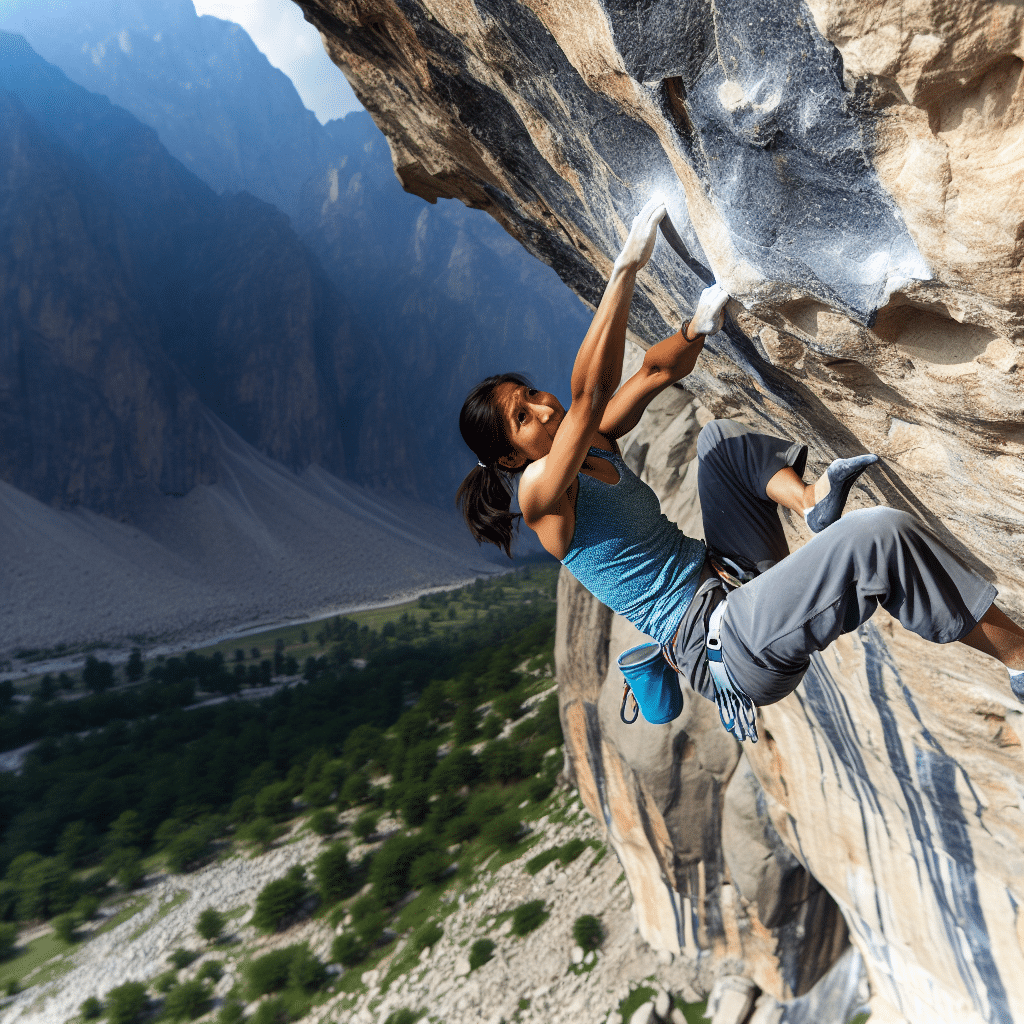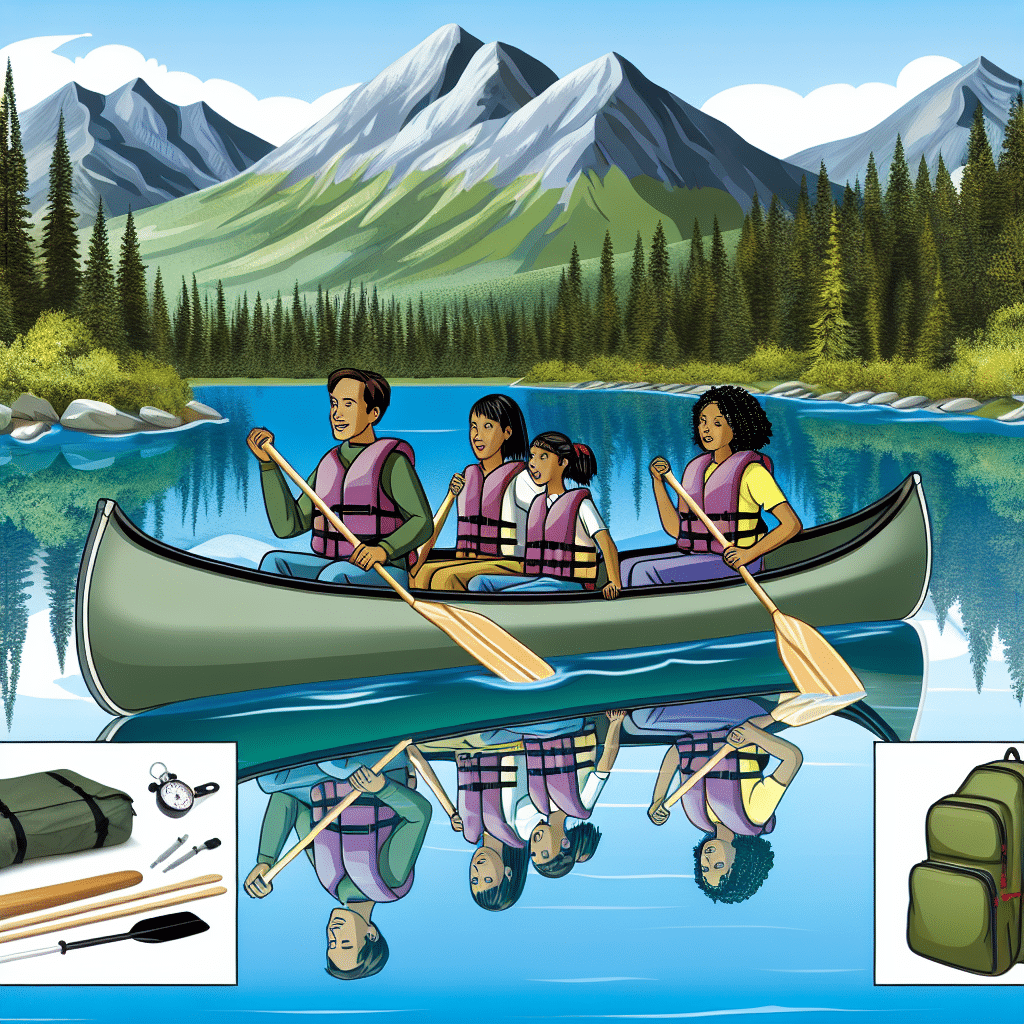Rock climbing is more than just a sport; it’s a test of physical strength, mental fortitude, and technical skills. Whether you’re scaling indoor walls or outdoor crags, mastering rock climbing techniques is essential for both safety and success. This article delves into various climbing techniques that can help both beginners and seasoned climbers to improve their performance and enhance their climbing experience.
Why Are Rock Climbing Techniques Vital?
You might wonder why rock climbing techniques are so crucial. Isn’t it just about brute strength? The answer is a resounding no. While physical fitness is essential, good technique can make the difference between a smooth ascent and a challenging struggle. Proper techniques help you conserve energy, avoid injuries, and tackle more complex routes.
Basic Rock Climbing Techniques
1. The Importance of Good Footwork
Good footwork is the cornerstone of efficient climbing. Your feet should do most of the work, allowing your arms to conserve energy for more challenging maneuvers. To improve your footwork, practice placing your feet precisely and trusting your shoes to stick to small holds. Look for footholds before you need them and avoid unnecessary foot readjustments.
2. Climbing with Your Legs
One of the common mistakes beginners make is relying too much on their arms. Your legs are stronger and can endure more strain than your arms. When you push through your legs on each move, you can conserve your arm strength for longer climbs. Always think about pushing up with your legs rather than pulling with your arms.
3. Handholds and Grip Techniques
Understanding how to grip different types of holds is critical. Here are a few primary handholds and grips:
**Crimp:** This is the most common type of grip, where you use the fingertips to grasp small edges. Keep your thumb over the top of your index finger for extra support.
**Open Hand:** This grip is used on slopers or rounded holds. The fingers are spread out, and you rely on friction and surface area to hold on.
**Pinch:** As the name suggests, this grip involves pinching the hold between your thumb and fingers.
Always remember to keep your grip relaxed to avoid overexertion. Over-gripping can lead to premature fatigue.
Advanced Rock Climbing Techniques
4. Flagging for Balance
Flagging is a technique used to maintain balance and reduce the swing of your body. When flagging, you extend a leg out to the side or behind you to counterbalance your weight. This is particularly useful on overhanging routes or when there are no good footholds directly below you.
5. Heel Hooking and Toe Hooking
Heel and toe hooking allow you to use your feet more dynamically:
**Heel Hook:** Place your heel on a hold and pull your body up. This technique is beneficial for overhangs and roofs.
**Toe Hook:** Hook your toes on a hold to stabilize your body and facilitate upper body movements. This is particularly useful in bouldering.
6. Dynos and Deadpoints
These are dynamic movements where you jump or thrust your body towards a distant hold:
**Dyno:** This involves a full-body jump to reach a far hold and is usually employed when there are no intermediate holds.
**Deadpoint:** A less extreme version of the dyno, the deadpoint involves a controlled, dynamic move to a hold just out of static reach.
These techniques require precise timing and body control and should only be attempted once you’ve gained confidence in your climbing ability.
Training Tips to Improve Your Rock Climbing Techniques
7. Flexibility and Strength Training
Flexibility is often overlooked but is crucial for effective climbing. Incorporate stretching exercises and yoga into your routine to improve your range of motion.
Strength training, especially for your core, legs, and grip, will also bolster your climbing abilities. Exercises like pull-ups, squats, and planks are beneficial.
8. Mental Preparation
Climbing is as much a mental game as it is a physical challenge. Practice visualization and mindfulness techniques to prepare mentally for your climbs. Familiarize yourself with the route and envision each move before you begin your ascent.
9. Drills and Practice
Regular practice is the key to improvement. Spend time on different types of routes and focus on drills that target specific techniques, such as foot placements, balance, and dynamic movements.
Conclusion
Mastering rock climbing techniques is a continuous journey that requires dedication and practice. By focusing on good footwork, using your legs effectively, mastering various grip techniques, and incorporating advanced moves like flagging and dynamic movements, you can significantly elevate your climbing game. Remember that both physical and mental preparation are crucial. So, get out there, practice consistently, and watch yourself climb to new heights!
Whether you’re an indoor enthusiast or an outdoor adventurer, these rock climbing techniques will serve as the foundation for your climbing success. Happy climbing!




